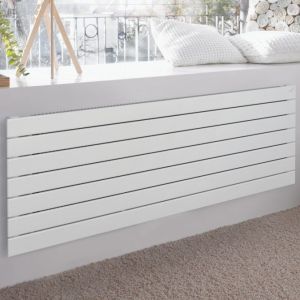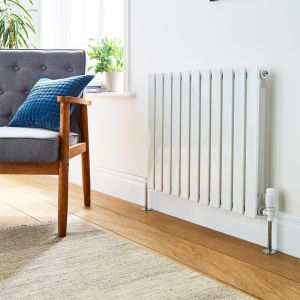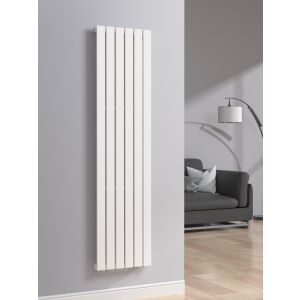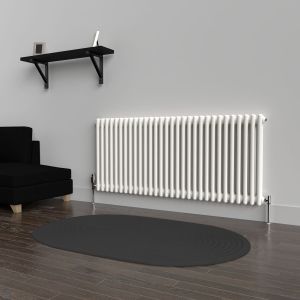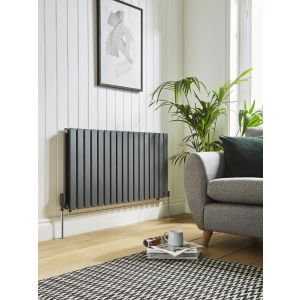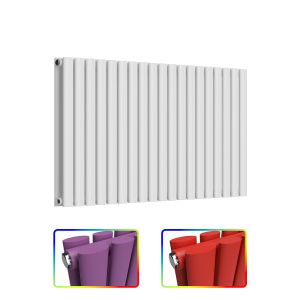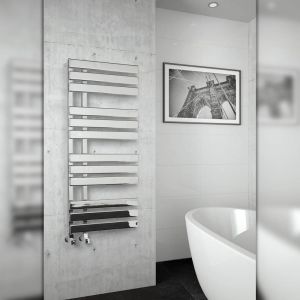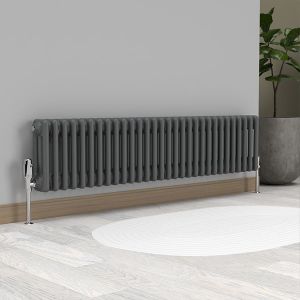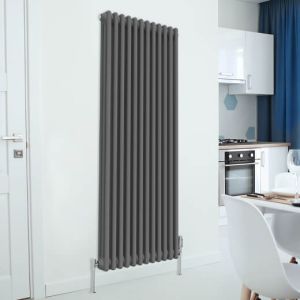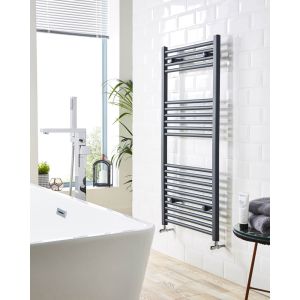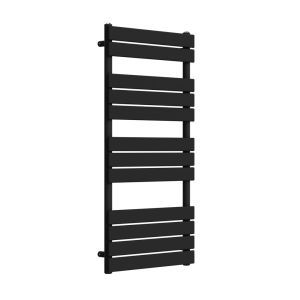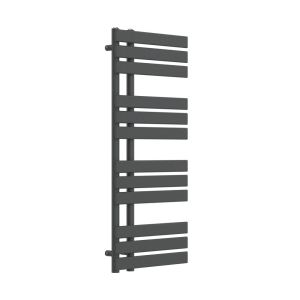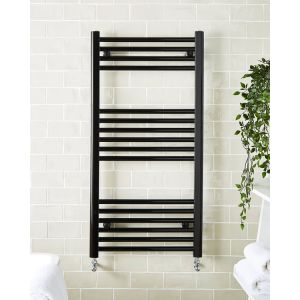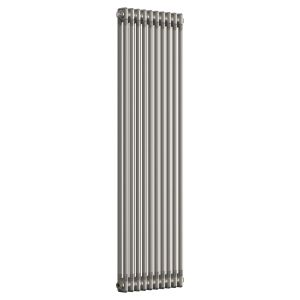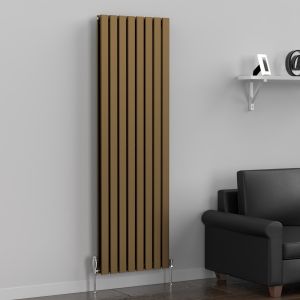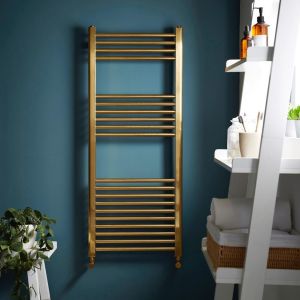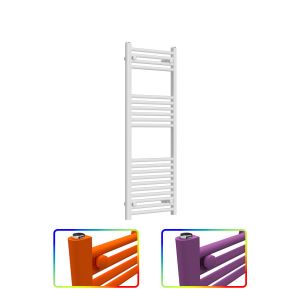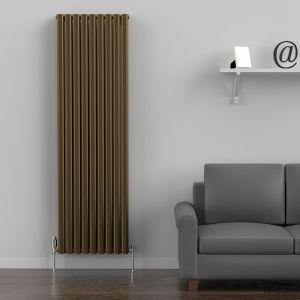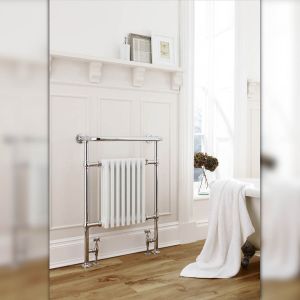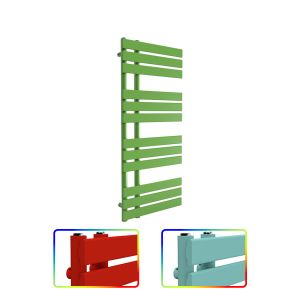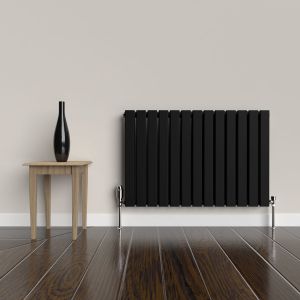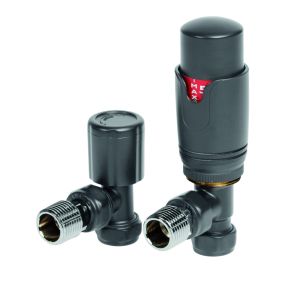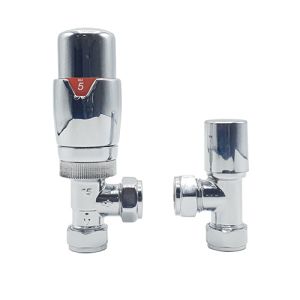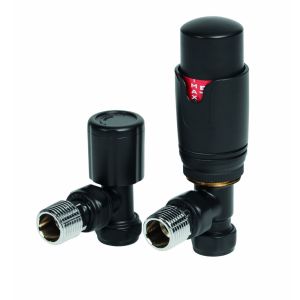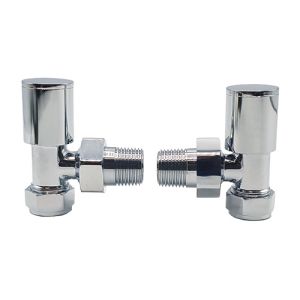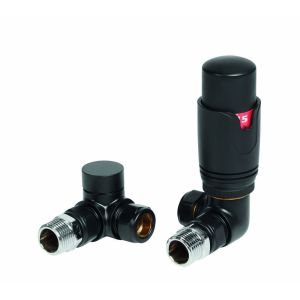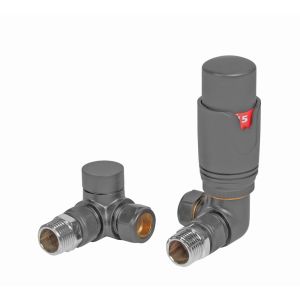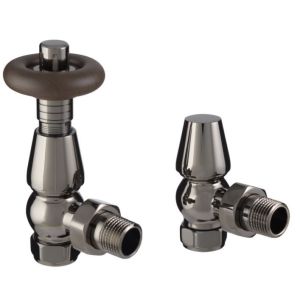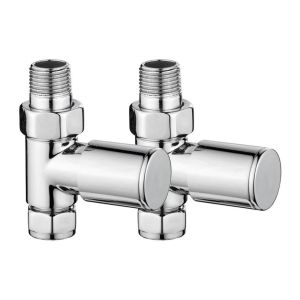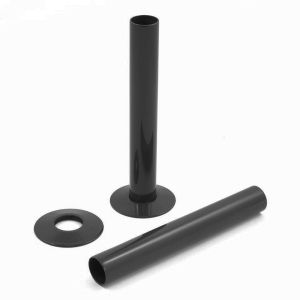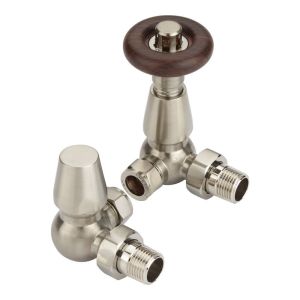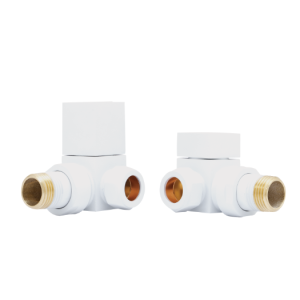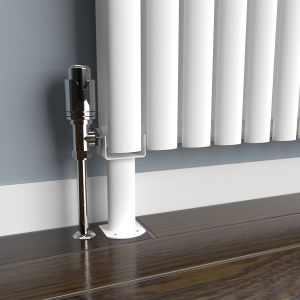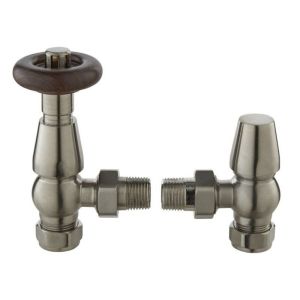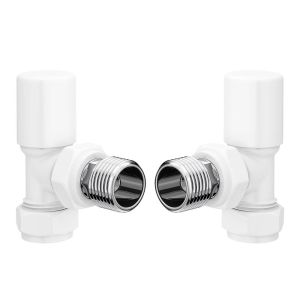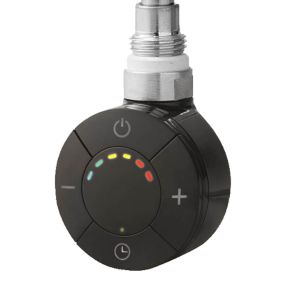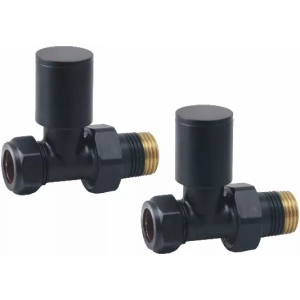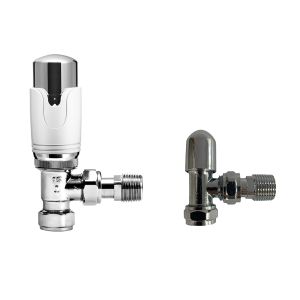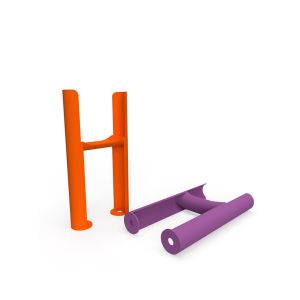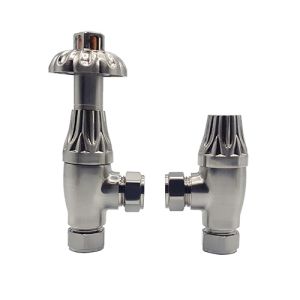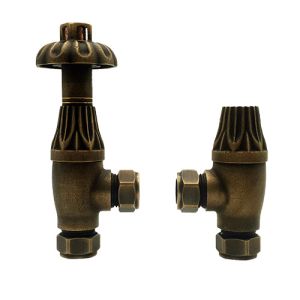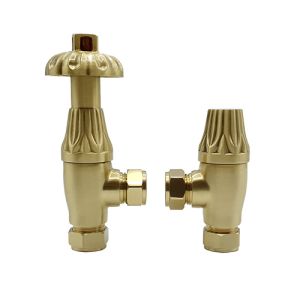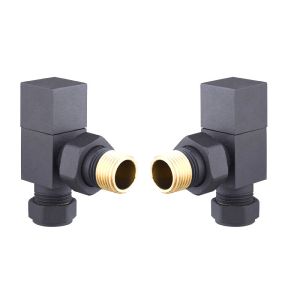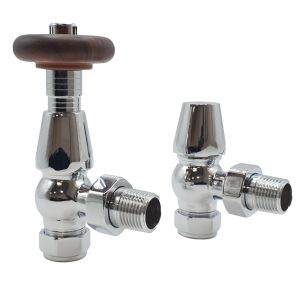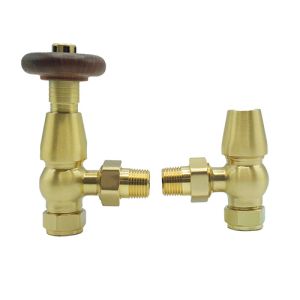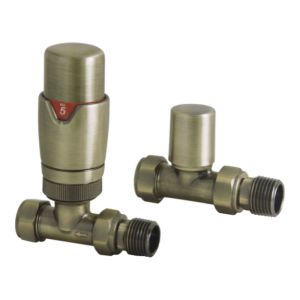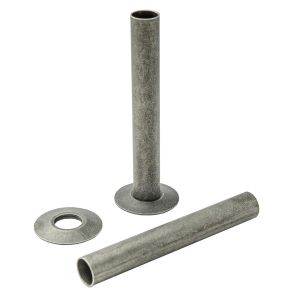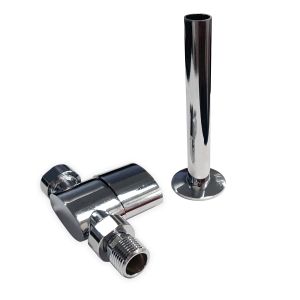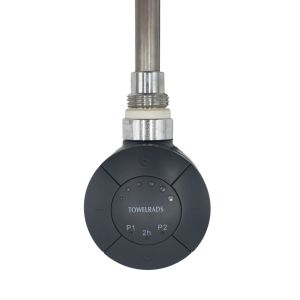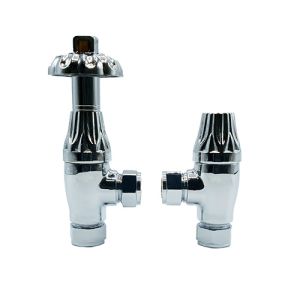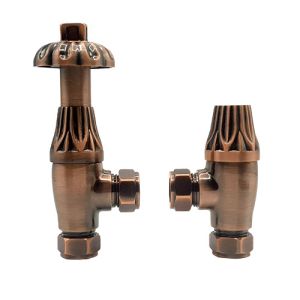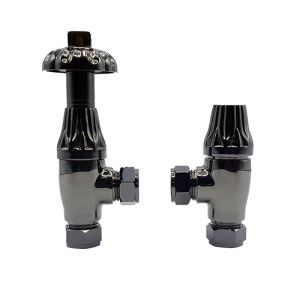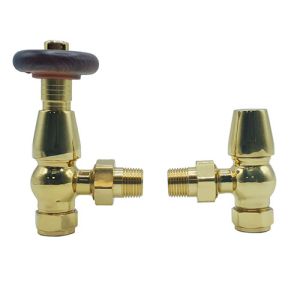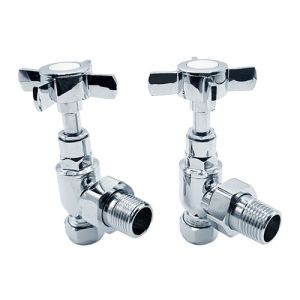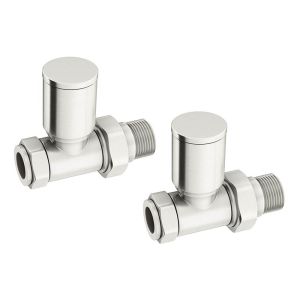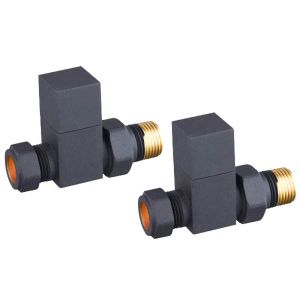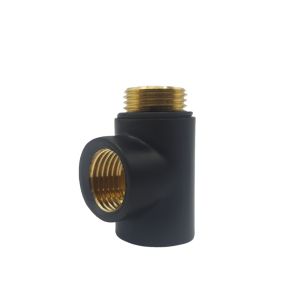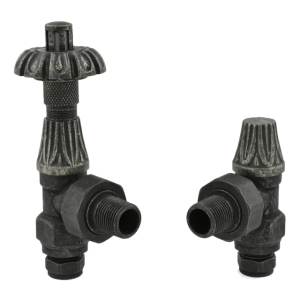For many of us, 21st-Century homeowners making decisions on interior design, a crucial question when choosing bathroom fixtures is this; clean and classic, or sleek and shiny? That is, white or chrome? Each choice has its benefits that are heavily debated across construction-focused Internet forums, in articles to be found in interior design brochures and on DIY blogs, so just what is the answer?

The Lux Heat Chrome Towel Radiator has a sleek design with plenty of towel-hanging space. It is a favourite due to the range of sizes and affordable prices.
What Is Chrome?
Chrome’s shorthand for chromium – a hard and shiny metal that’s the 24th chemical element in the periodic table. That said, chrome towel rails and radiators aren’t exactly made from it; more precisely, they’re plated with it. And that’s because, like it or not, chrome doesn’t tend to be very useful on its own, given its hard and brittle nature. Which rather precludes it from extensive use in the construction industry compared to the likes of steel, aluminium or any of the alloys commonly used instead.
And yet, its popular smooth lustre and corrosion-resistant properties ensure it can definitely be relied on as a material in metal alloys – or, as is often the case for heating appliances, as an external coat for goods made from other metals.
So, Chrome’s Different To Stainless Steel, Right?
Well, not so fast, because chrome has more in common with stainless steel than you may think. A chrome towel rail and a stainless steel towel radiator equivalent will be made from the same materials. How so?
Well, stainless steel is an alloy formed by combining chromium with iron, nickel, silicon and other metals. And that means the fundamental difference between chrome and stainless steel is how chromium is used for a device. chrome radiators merely rely on chrome to provide an outer layer; a barrier against corrosion and damage to the unit’s surface. Conversely, stainless steel radiators comprise chrome throughout them, fully blended into the alloy as an all-important ingredient.

The Reina Adora stainless steel towel rail has a similar looking finish to chrome. It is highly popular due to its open design, high heat outputs & low prices.
But which is the best of these two alternatives for heating?
Good question. Because both stainless steel and chrome-plated devices offer advantages and disadvantages. For instance, stainless steel radiators have some serious durability. Whereas, depending on the quality of the plating (and how many layers there are), chrome ones may lose a layer or two over time if they’re exposed to high levels of wear.
Aesthetically speaking, though, chrome’s on top; achieving a radiant shine that stainless steel can’t match (although the latter can be polished just like chrome, of course, and it’s quicker and easier to do so).
One big contrast between stainless steel and chrome often comes in the price.
Chrome devices do tend to cost less than their stainless steel counterparts. Why? Because electrolysis (the scientific process used to produce good quality chrome) is cheaper in manufacturing than what’s required to create good quality stainless alloys. This doesn’t mean that it's poor quality at all, it just means it's easier, less time-consuming and more cost-effective to manufacture than stainless steel.
Which Is Better – White Or Chrome?
Internet forums can, of course, be a fantastic source for practical instruction and advice when researching heating solutions. And yet, in terms of researching radiators and heated towel rails. They can also prove fertile breeding grounds for myths, misconceptions and over-the-top fiction.

The Lux Heat White Radiator is one of our top sellers due to the vast size options, high heat outputs, 10 year warranty and low prices.
A good example is the myth that white radiators and towel rails are for some reason better heat conductors than chrome alternatives.
Because, the thing is, chrome and white towel radiators are identical in all but the finish. Where chrome versions are finished with a layer of chromium, their white alternatives are topped off with a layer of white enamel. Whatever the relative thermal properties of chromium and enamel, these layers are not thick enough to make any noticeable difference to the radiators’ heat output.
So, which is better – white or chrome? Frankly, it’s up to you; the choice is yours!
Speak To Our Team Of Specialist For Help & Advice
We have a huge range of radiators in a fantastic colour selection, all with fantastic heat outputs. So don't worry if white or chrome isn't what you're looking for, take a look at our radiators by colour to find a painted radiator to suit your aesthetic.
Or if you're after a bargain, we highly recommend you check out our radiators for sale. Our discount radiators are premium quality with a range of finish options at great prices. Many include 10 years warranty so check them out and save today!
Speak to our award-winning customer service team via our contact page if you need help or advice with choosing the right radiator for your interior.












